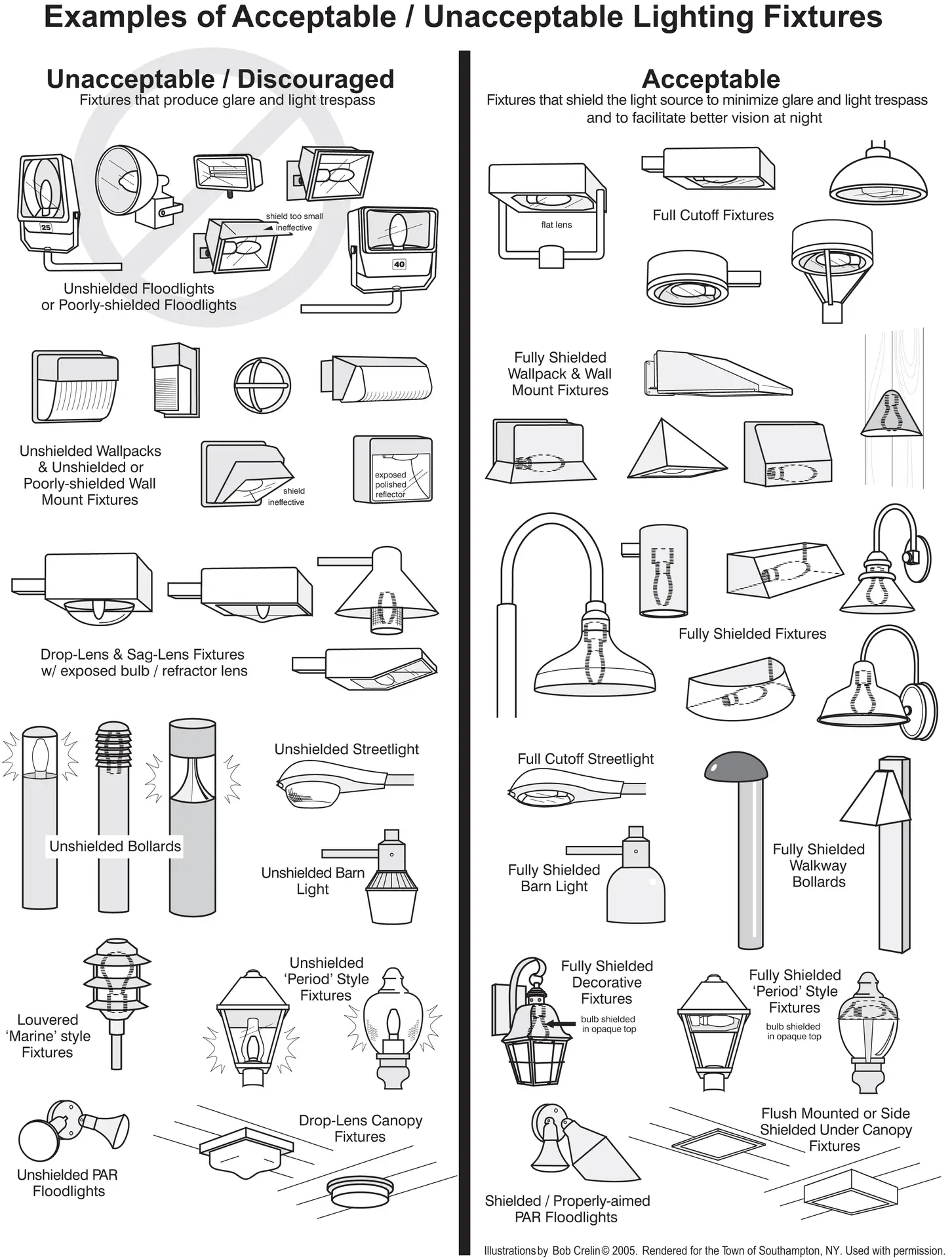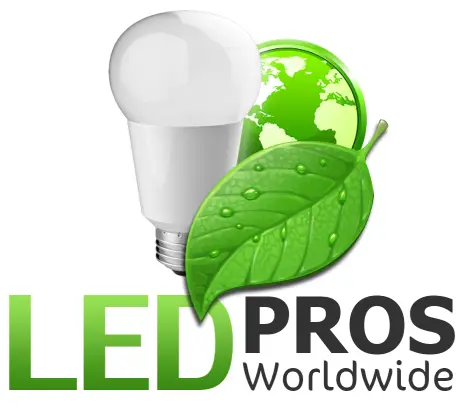As our cities and neighborhoods continue to grow, the importance of Dark Sky Friendly Lighting Compliance has become increasingly apparent. Light pollution not only disrupts our atmosphere and wildlife environment but also diminishes our ability to appreciate the beauty of the night sky. By embracing dark sky friendly lighting practices, we can create a more harmonious balance between our need for illumination and the preservation of the natural world around us.
In this comprehensive guide, we’ll delve into the basics of outdoor lighting and provide you with a clear understanding of what it means to be Dark Sky Friendly Compliant. We’ll explore the negative impacts of light pollution and offer practical solutions to minimize its effects. Additionally, we’ll showcase examples of acceptable and unacceptable lighting fixtures, empowering you to make informed decisions when designing or upgrading your outdoor lighting setup.
Understanding the Basics of Dark Sky Friendly Lighting
To create a dark sky friendly environment, it’s essential to grasp the fundamental principles of outdoor lighting. Here are five key considerations:
1. Timing is everything: Outdoor lighting should only be on when it’s truly needed. By using timers, motion sensors, or smart controls, you can ensure that your lights are only active during necessary periods, reducing energy waste and minimizing light pollution.
2. Targeted illumination: Focus on lighting only the areas that require it, rather than flooding an entire space with unnecessary brightness. This targeted approach not only conserves energy but also prevents light from spilling into adjacent areas where it’s not needed.
3. Brightness matters: When it comes to outdoor lighting, more isn’t always better. Aim for the minimum brightness necessary to achieve your desired level of visibility and safety. Overlit spaces can create glare, disrupt wildlife, and contribute to skyglow.
4. Minimize blue light emissions: Blue light, which has a shorter wavelength, is particularly harmful to the night sky and can disrupt the circadian rhythms of both humans and wildlife. Opt for warm-colored lights with a lower color temperature to minimize blue light emissions.
5. Fully shielded fixtures: To prevent light from escaping upwards and contributing to skyglow, choose fully shielded fixtures that direct light downward. This not only reduces light pollution but also improves the overall efficiency of your lighting setup.
The Negative Impacts of Light Pollution
Light pollution isn’t just an aesthetic issue; it has far-reaching consequences for our environment and well-being. Here are some of the most significant negative impacts:
– Disruption of wildlife: Excessive artificial light can disrupt the natural behavior and navigation of nocturnal animals, leading to decreased populations and biodiversity.
– Human health concerns: Exposure to artificial light at night can interfere with our circadian rhythms, leading to sleep disorders, decreased cognitive function, and even an increased risk of certain cancers.
– Energy waste: Inefficient and unnecessary outdoor lighting wastes a significant amount of energy, contributing to greenhouse gas emissions and increasing our carbon footprint.
– Diminished stargazing opportunities: Skyglow, caused by the upward emission of artificial light, obscures our view of the stars and planets, depriving us of the awe-inspiring beauty of the night sky.
Examples of Acceptable and Unacceptable Lighting Fixtures
To help you make informed decisions about your outdoor lighting setup, let’s take a look at some examples of acceptable and unacceptable fixtures:
Acceptable Lighting Fixtures
– Fully shielded wall packs: These fixtures are designed to direct light downward and prevent upward light emission, making them an excellent choice for illuminating building facades or outdoor work areas.
– Low-pressure sodium lamps: While less energy-efficient than LED options, low-pressure sodium lamps emit a narrow spectrum of light that minimizes skyglow and is less disruptive to wildlife.
– Warm-colored LED bulbs: LED bulbs with a color temperature of 3000K or lower emit a warm, amber-colored light that is less harmful to the night sky and wildlife compared to cool, blue-tinted bulbs.
Unacceptable Lighting Fixtures
– Unshielded floodlights: These fixtures emit light in all directions, including upwards, contributing significantly to skyglow and light trespass into neighboring properties.
– Mercury vapor lamps: Despite their energy efficiency, mercury vapor lamps emit a high amount of blue light, which is particularly damaging to the night sky and can disrupt wildlife behavior.
– Decorative globe lights: While aesthetically pleasing, unshielded globe lights allow a significant amount of light to escape upwards, contributing to light pollution and diminishing the visibility of the night sky.
 |
Frequently Asked Questions
1. What is Dark Sky Friendly Lighting Compliance?
Dark Sky Friendly Lighting Compliance refers to a set of guidelines and best practices designed to minimize light pollution and protect the night sky. By adhering to these guidelines, individuals and communities can create a more environmentally friendly and visually appealing outdoor lighting environment.
2. Why is it important to be Dark Sky Friendly Compliant?
Being Dark Sky Friendly Compliant is important for several reasons. First, it helps to preserve the beauty of the night sky for future generations. Second, it minimizes the negative impacts of light pollution on wildlife and human health. Finally, it promotes energy efficiency and reduces waste, contributing to a more sustainable future.
3. How can I tell if my outdoor lighting is Dark Sky Friendly Compliant?
To determine if your outdoor lighting is Dark Sky Friendly Compliant, consider the following factors: Is it fully shielded, directing light downward? Is it only on when needed? Does it use warm-colored bulbs with minimal blue light emissions? Is it no brighter than necessary? If your lighting meets these criteria, it’s likely Dark Sky Friendly Compliant.
4. Can I still have adequate outdoor lighting while being Dark Sky Friendly Compliant?
Absolutely! Being Dark Sky Friendly Compliant doesn’t mean sacrificing safety or functionality. By using targeted illumination, appropriate brightness levels, and fully shielded fixtures, you can create a well-lit outdoor environment that is both inviting and environmentally responsible.
Conclusion
Embracing Dark Sky Friendly Lighting Compliance is a crucial step towards creating a more sustainable and visually appealing world. By understanding the basics of outdoor lighting, recognizing the negative impacts of light pollution, and making informed decisions about our lighting fixtures, we can all play a role in preserving the beauty of the night sky for generations to come. Read more about A Guide to Embracing the Night: How Dark Sky Friendly Lighting Can Illuminate Our World Differently here.
As you embark on your journey towards Dark Sky Friendly Compliance, remember that every small change counts. Whether you’re updating your home’s exterior lighting or advocating for more responsible lighting practices in your community, your efforts will contribute to a brighter future for our planet and all its inhabitants. So let’s work together to illuminate our world in a way that respects and preserves the natural wonders around us.
[gravityform id=”1″ title=”true” description=”true”]
